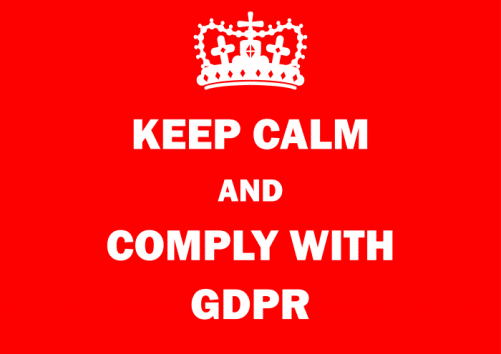When working on a project, if there is indecision about a design, feature, or product, InfoWorks Director Josh Rothman always brings team members back to center with his favorite question (delivered in a charming Southern drawl):
“What is the problem we’re trying to solve?”
It’s a deceptively simple question—but an important one. Pinpointing your problem statement accurately can prevent your team from wasting time, budget, and energy chasing the wrong solution.
What is a Problem Statement?
A problem statement clearly and succinctly defines the issue that needs to be resolved. It defines the gap between the current state and the desired outcome, and it serves as a foundation for developing effective solutions.
At InfoWorks, we use problem statements to inform our product strategy and design decisions. A strong problem statement:
- Identifies the user experiencing the issue
- Describes the specific need or challenge
- Explains the underlying reason or cause
- Avoids suggesting solutions too early
The Trap of Solutioning Too Soon
In collaborative environments, especially during brainstorming sessions, it’s easy to jump straight into ideas. One suggestion sparks another, and soon the team is deep into solutioning, without confirming whether the original problem was clearly understood.
The result? You might end up with a sleek, technically impressive solution… that doesn’t actually solve the user’s problem.
Case Study: A Design Misstep
A client once gave feedback on a design we were proud of:
“I don’t like how the user has to select their choices on this screen.”
We immediately dove into researching better selection methods for mobile interfaces. Wisely, before we got too far, Josh asked:
“What is the problem we’re trying to solve?”
That question forced us to pause and reassess. Was the current solution too confusing? Should the choice selection come earlier or later in the workflow? Did they think it wasn’t obvious enough that a choice had been selected because the color wasn’t dark enough? Each situation would require different changes to the design—some much simpler (and less expensive) than others. If we had spent time solving the wrong problem, we could have put ourselves into a frustrating cycle of iterating without improvement, which can be costly in both time and budget for both sides.
Why Defining the Problem Is Critical
Whether you’re tackling a small feature or launching a new product, clearly defining the problem ensures your solution is relevant, effective, and user-centered.
As Eric Ries puts it in The Lean Startup:
“If we’re building something that nobody wants, it doesn’t much matter if we’re doing it on time and on budget.”
The Power of a Problem Statement
A well-crafted problem statement acts as a compass. It helps teams evaluate features, prioritize decisions, and stay aligned throughout the build. If a proposed feature doesn’t address the defined problem, it doesn’t belong, especially in a minimum viable product (MVP).
We often tell clients to write their problem statement on a sticky note and stick it to their monitor.
Three Key Benefits of Problem Statements
1. Uncovering Stakeholder Misalignment
Early in our Strategy & Design engagements, we ask each stakeholder to write their version of the problem statement. We also write one based on our research. Comparing these reveals misalignments that might otherwise go unnoticed and gives teams a chance to unify around a shared goal.
2. Maintaining Team Alignment
In agile environments, priorities shift. A clear problem statement serves as a north star, keeping everyone focused, even when stakeholder interests resemble a pepperoni pizza.
3. Keeping the Focus on Users
Your product should solve a problem for your users while making your business more efficient and/or profitable. A user-centered problem statement ensures your solution delivers real value to the people who will use it.
How to Write a Strong Problem Statement
When writing a problem statement, we recommend this format:
(Users) need (outcome) because (driver). Our solution should…(focus on features, not solutions)
The first sentence defines the user’s problem and its cause. It should be based on evidence and research.
The second sentence outlines what the solution should provide, without prescribing how it should be built.
Avoid jumping to conclusions like “Our mobile app should…” until you’ve validated that a mobile app is the right solution. You might discover that a responsive web app would better serve your users and business goals.
Example Problem Statement
Busy working professionals need a time-efficient way to eat healthily because they work long hours and don’t have time to shop or meal prep.
Our solution should deliver a quick and easy way for users to procure ingredients and prepare healthy meals they can take to work.
Final Thought
No two clients or products are the same. We’ve helped craft problem statements that are two sentences long, ten sentences, bullet-pointed, color-coded – you name it. What matters most is that the statement is well-informed, actionable, and user-focused.
At InfoWorks, we don’t just build products. We solve the right problems. And that starts with asking the right questions, starting with, “What is the problem we are trying to solve”.





